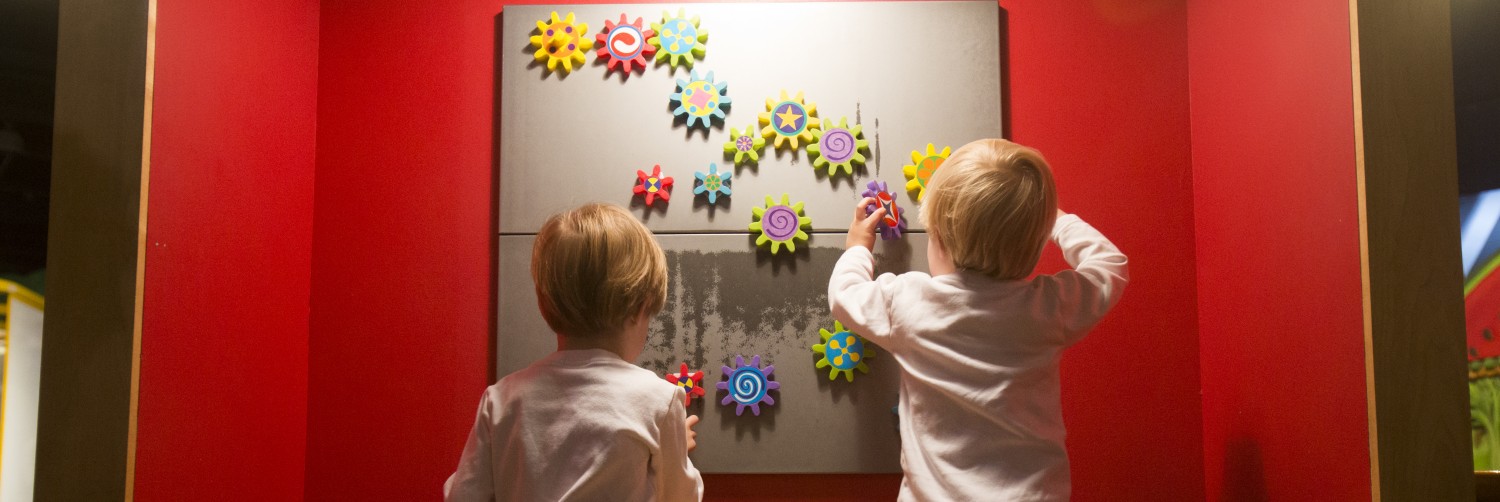I’d like to take a minute to talk about teaching our kids about money. Everyone seems to have a really adorable story from their kids that goes something like “sure you have enough money to buy me that toy, mommy – use the magic card in your wallet.” Or “look there’s the magic machine that gives money let’s get ice cream.”
The major missing link here is the idea that money needs to be managed. And while your children may be too young for monthly family meetings about the family’s financial priorities, there are age appropriate ways to help lay financial ground work.
I am a strong believer of giving kids an allowance and letting them choose what to do with it – with a few basic guidelines. You have probably seen the fancy piggy banks that are out there now with the 3 compartments: Save, Spend, Give. But you could just as easily use empty jars from the kitchen. I like this method especially if you think about visual cues and how the size of the jar indicates how much of the money should go into each. And because as they get older you can add another jar for a specific short term savings goal like a bike or an Xbox.
Let’s take an example of how this might work. When you give your child her allowance, say it’s $5, you want to make sure you give it to her in smaller denominations: singles, quarters etc. A standard amount for charitable donations is 10% so encourage her to put $0.50 in the give jar. And you want to encourage a 30 – 40% savings rate so $1.50 or $2 would go in save, and the rest goes into spend.
The crucial next step is to talk to your child about the jars. There is $4 in your give jar, where do you want to donate this money? Help them understand the savings jar and why saving is important. And finally the spend jar. What does he want to spend it on? Encourage daydreaming, have him imagine buying the thing he things he wants. What would he do with it? Etc. But when it comes time for the final decisions, you have to let them choose. It really is the best way for them to learn the value of money. They will make good decisions and they will make bad ones. But it’s so much better for them to learn from this trial and error now when the stakes are lower than when they are in college or even high school.
Another way to help children be good with money is to talk aloud about your thought process when you are shopping together. Even the grocery store can be useful for this purpose. “This size is the better deal because it costs less per serving.” “I know that brand is cheaper but we tried it once and we didn’t like the taste so it’s really not worth the money.” If you think aloud in this manner over multiple trips to the store you may be surprised what will stick.
As children get older the conversations can get deeper. For example, your family is planning a vacation. Make them part of the discussion about where to go and what to do while away. This could include setting a budget for the travel, hotel, meals and fun activities. It could lead to an interesting conversation about priorities. If we choose location A over location B because Aunt Minnie has a beach house at location A we can use it for a week for the same amount of money as one night in a hotel; so that means we can spend more money on activities. And look there is a cool looking water park less than an hour away. So you would be prioritizing the activities over the location. Or maybe it’s a conversation about value: We have x dollars to spend on fun activities while we are away. Here is a list of things we might do and what they would cost. How do you think we should spend this money? We can do one really big expensive thing and spend the rest of the time in the pool at the hotel or we can do several smaller things so there’s something to look forward to every day.
The most important thing you can do to help you kids understand money and how to manage their own well when they are grown-ups is to talk to them about it now and let them see what the process looks like.

